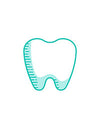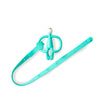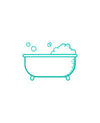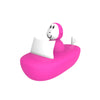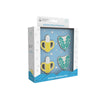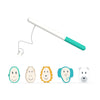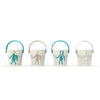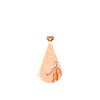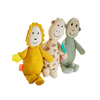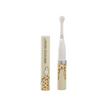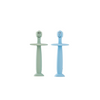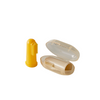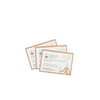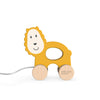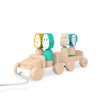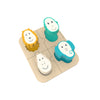Toddler Portion Sizes: How Much is Enough?
Toddler portion sizes, how much is enough? It almost goes without saying that all toddlers are different. Some might have the ravenous appetite of a hungry bear just woken from hibernation; others might flat out refuse all but a few tasty morsels. In the case of my toddlers, their “food personality” can change from week-to-week, even day-to-day!
Personally, I struggle with estimating my own portion sizes, so, trying to guess what the right amount of food is for my little ones can be impossible! Do I let them eat what they want until they start refusing food? Do I get the overacted “choo choo” train out and push them to eat that little bit more, or sit in my puree stained dress and cry quietly in a corner?
To help anyone having the same problem, this month I wanted to research and write about toddler portion sizes to answer the common question…
What is the perfect toddler portion size?
When it comes to the perfect portion size, there is no holy grail of portion sizes. Decisions should be based on a variety of factors, including how much the child actually wants to eat.
There are guidelines that you can use, for example, the PDF from the British Nutrition Foundation offers advice with all kinds of things. You will find information on portion sizes, nutritional advice and advice on keeping teeth clean - something we’re big advocates of over at Matchstick Monkey!
Appetite can vary from day to day and this shouldn’t be worrying unless your child very suddenly starts eating a lot less for long periods, or has any digestive complaints.
The perfect portion size can also depend on what kind of food you’re serving. Portion sizes should really only be used as a guide, not a strict rule. Children should be able to eat to their appetite as long as the food is healthy.
How much should by toddler be eating?
Active or tall children will generally need more energy and have a larger appetite than smaller, less active children. Also, it depends how old your toddler is.
A toddler is aged from 1-4 years, so the older your child gets, generally, the more they will need and want to eat! Toddlers closer to 1 years old are still discovering new foods and textures. They will be able to manage a lot less than a larger 4 year old who is expending energy by walking or running around all day!
If your toddler is doing the recommended amount of activity of 3 hours per day or more, food portions can be a bit larger.
Portion sizes and food types
There are all kinds of different food types that your toddler should be eating (or at least, ones that you should be introducing where possible). From fruit and vegetables to meat and protein based foods to grains, dairy, fish and complex carbohydrates.
A balanced diet includes all the food groups to ensure they’re getting all the right vitamins and minerals.
“Meals for toddlers should be based on starchy foods, which provide energy, vitamins, minerals and, in some cases, fibre. Starchy foods like oatcakes, breadsticks and fingers of toast can also make healthy snacks.” - British Nutrition Foundation
Generally, when food served is free from preservatives or processed sugar (like vegetables, meat, fish and grains) then your child can generally eat as much as they want.
When it comes to sugary, fried or processed foods, occasionally and only in limited amounts.
A general guide is below, illustrated with some brilliant images from The Organic Cookery School:
Bread, pasta, potatoes & other carbohydrates
A portion size of around the child’s cupped fist.

Fruit and veg
A portion size of the child’s cupped handful.

Milk, cheese, yoghurt & other dairy
A portion size of the width of child’s two fingers.

Meat, fish, lentils, chickpeas & protein
A portion around the size of your child’s palm.

Do you have particularly hungry toddlers or are they going through a fussy stage? We would love to hear your stories!

